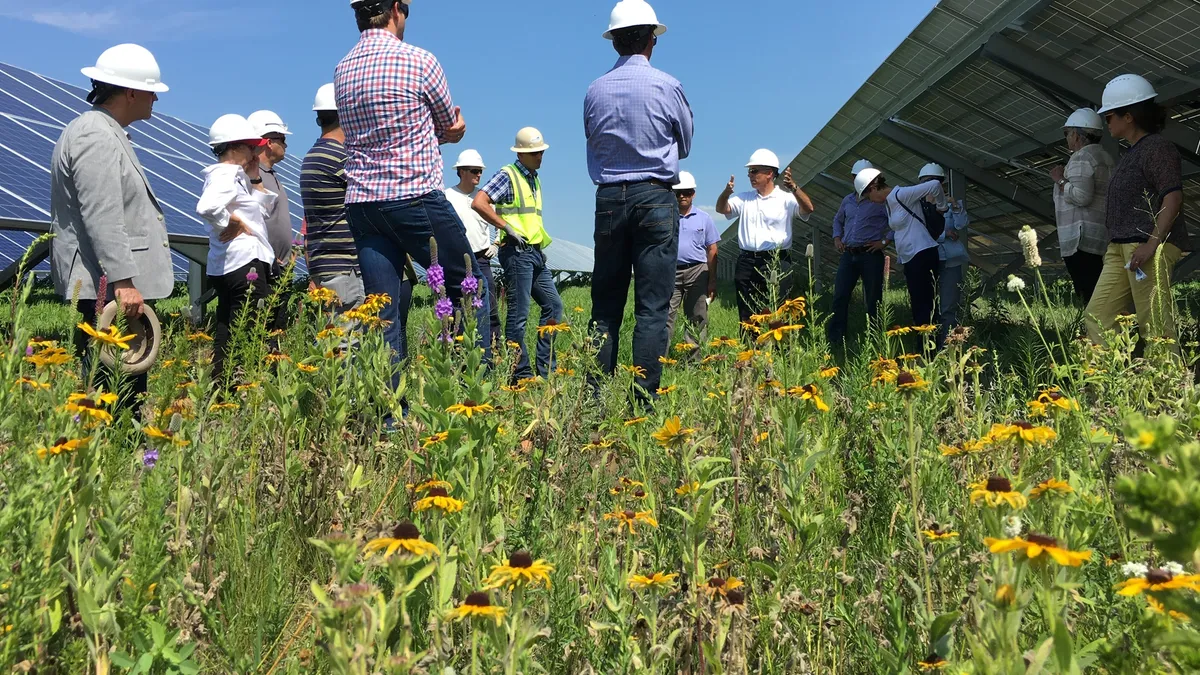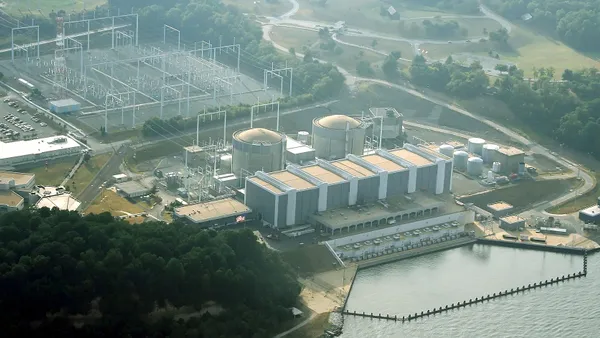Dive Brief:
-
Community solar in Minnesota hit a record 401 MW of operational capacity earlier this month, according to the Institute for Local Self Reliance (ILSR).
-
The program, launched by Xcel Energy in 2014, has grown since January of 2017, when its first 36.4 MW became operational. However, there has been a drop in new applications this year, so much of that growth is based on projects that were slated earlier, notes John Farrell, who first reported the program's growth and directs the Energy Democracy Initiative at ILSR.
-
Farrell predicts a continued growth through next year as those projects continue developing and coming online, but by 2020 there's a good chance things plateau. Minnesota's Public Utility Commission (PUC) changed the value of its compensation rate this year, which was a large key to the program's successbecause that rate required the PUC to ensure the projects were financially viable, notes Farrell.
Dive Insight:
Minnesota's community solar program has been lauded a leader in the field, even more so since Xcel's launch of its shared solar program in 2015. At that time, GTM research named Minnesota a "swing state" in community solar growth.
Since then, community solar's installed capacity in the U.S. grew 112%, from 387 MW at the end of 2016 to 734 MW at the end of last year. The state also led the U.S. in community non-residential community solar capacity last year, according to a recent report released by GTM. An explosion in private sector development meant 246 MW of private developers' 495 MW came from Minnesota.
This year, 92% of the utility's subscribers are saving money with the shared solar subscription, with 87% serving commercial customers and the rest serving public entities, ILSR reports.
It's "the best in the country," writes Farrell, noting that the state's program is successful in large part because it doesn't limit the MW capacity of community solar projects.
"Being uncapped gives [programs] a chance to grow as much as there's customer demand for it," Farrell tells Utility Dive, adding that another key to the program's success is its requirement that developers come up with a compensation rate that is financially viable so that the project can actually enter the market. Other projects often have a price that gets set too low which never allows the project to actually get off the ground, says Farrell.
Minnesota is a leader in other aspects of solar as well. The state is home to the largest storage installations for an electric cooperative in the U.S., as well as the country's first integrated bee farm and solar site. In 2016, the state passed the nation's first bill establishing guidelines for pollinator friendly solar sites, making it the leader on another legislative and development trend.
Correction: An earlier version of this article incorrectly stated Colorado caps its community solar programs at 6.5 MW. Colorado has community solar projects in place that exceed 6.5 MW.














